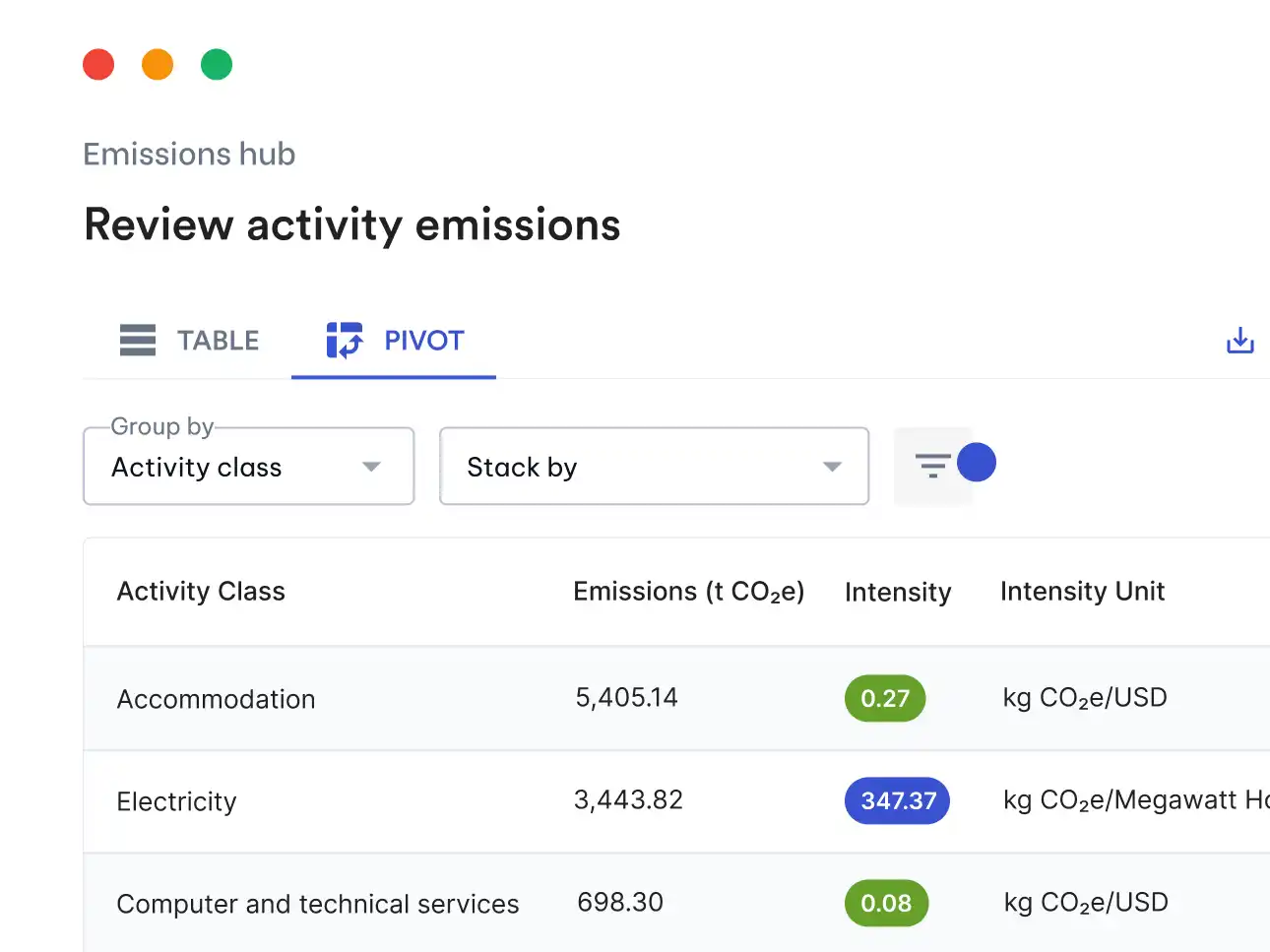As companies aim to reduce their environmental footprint, Scope 3 emissions have emerged as a crucial area for improvement. Scope 3 emissions encompass the indirect greenhouse gas emissions produced by a company's value chain, including its suppliers. To truly make a meaningful impact on Scope 3 emissions, mobilizing suppliers is essential. In this article, we will explore effective strategies for engaging and collaborating with suppliers to mitigate Scope 3 emissions and drive sustainability goals.
Understanding Scope 3 emissions
Before delving into the strategies for mobilizing suppliers, it's crucial to understand what Scope 3 emissions entail. The Greenhouse Gas Protocol identifies three distinct scopes of emissions:
- Scope 1: Direct emissions from sources that are owned or controlled by a company, such as on-site combustion of fossil fuels.
- Scope 2: Indirect emissions associated with purchased electricity, heat, or steam consumed by the company.
- Scope 3: Indirect emissions generated throughout the company's value chain, including suppliers, customers, and the product life cycle.
To learn more, see our article: What are Scopes 1, 2, and 3 of the GHG protocol?
Scope 3 emissions are often the largest portion of a company's carbon footprint and include categories like purchased goods and services, transportation and distribution, and even employee commuting. Mobilizing suppliers on Scope 3 emissions is a powerful way to reduce a company's overall environmental impact.
How to mobilize suppliers on Scope 3 emissions
1. Identifying top emissions sources
Embarking on your decarbonization journey begins with conducting a supply chain emissions audit and identifying your primary emissions contributors. It's very likely that 5-10% of your suppliers are responsible for roughly 95% of your emissions, so identifying these key suppliers allows you to focus your efforts where they can have the most significant impact.
While you can manually calculate your Scope 3 emissions by mapping your procurement spend to emission factors in a spreadsheet, an AI-powered platform such as Avarni can automatically do this for you. In addition, Avarni allows you to identify which of your suppliers have validated Sustainable Business Target Initiative (SBTi) targets. This feature assists you in identifying suppliers who have already embarked on a net zero journey, making them potentially more receptive and easier to engage in your sustainability efforts.
2. Supplier engagement
Once you have identified your most carbon intensive suppliers, the next step is to establish open lines of communication with them. A successful collaboration begins with a clear understanding of your sustainability goals and expectations. To foster a sense of shared responsibility:
a. Set clear expectations: Clearly communicate your sustainability objectives and expectations to suppliers. This can include emission reduction targets, reporting requirements, and timelines.
b. Provide education and resources: Offer support and resources to help suppliers understand the importance of Scope 3 emissions and how they can contribute to sustainability goals.
c. Incentives and rewards: Consider implementing incentive programs that reward suppliers for meeting or exceeding sustainability targets. This can motivate them to actively participate in emissions reduction efforts.
3. Supplier assessment and collaboration
Once suppliers are on board, it's crucial to assess their emissions and collaborate on reduction strategies:
a. Emissions assessment: Work with suppliers to gather emissions data, helping them identify areas where improvements can be made. A platform such as Avarni facilitates this by providing a user-friendly platform for suppliers to enter their emissions data, and the ability for them to calculate and visualise their emissions footprint — at no additional cost.
b. Collaborative goal-setting: Develop emission reduction goals that align with both your company's and your suppliers' objectives. Collaborate on strategies to achieve these goals, such as optimizing transportation routes, improving energy efficiency, or sourcing sustainable materials.
c. Sharing best practices: Encourage knowledge sharing among suppliers to promote innovation and the adoption of sustainable practices. Hosting workshops or webinars can be effective in this regard.
4. Supplier performance monitoring
Regular monitoring is essential to ensure that suppliers continue to meet sustainability targets:
a. Data collection and reporting: Establish a system for suppliers to report their emissions data regularly. Again, an automated platform such as Avarni can simplify this process.
b. Performance reviews: Conduct periodic reviews with suppliers to assess their progress toward emission reduction goals. Provide feedback and support as needed.
c. Transparency: Foster transparency by sharing aggregated emissions data with suppliers, highlighting the collective impact of their efforts. This can encourage healthy competition and a sense of responsibility.
5. Continuous improvement
Sustainability is an ongoing journey, and continuous improvement is key:
a. Adapt and evolve: As the sustainability landscape evolves, be prepared to adjust your goals and strategies accordingly. Embrace emerging technologies and best practices to stay ahead of the curve.
b. Recognition and celebration: Celebrate successes and acknowledge suppliers' contributions to emission reductions. Recognizing their efforts publicly can serve as positive reinforcement.
The journey to sustainability is ongoing
Mobilizing suppliers on Scope 3 emissions is a critical component of a company's sustainability journey. By fostering collaboration, setting clear expectations, and providing ongoing support, businesses can work together with their suppliers to reduce their collective environmental impact. This not only helps in achieving sustainability goals but also strengthens relationships with suppliers and demonstrates a commitment to a more sustainable future. Remember, the journey to sustainability is ongoing, and continuous improvement is essential to drive meaningful change in Scope 3 emissions.





